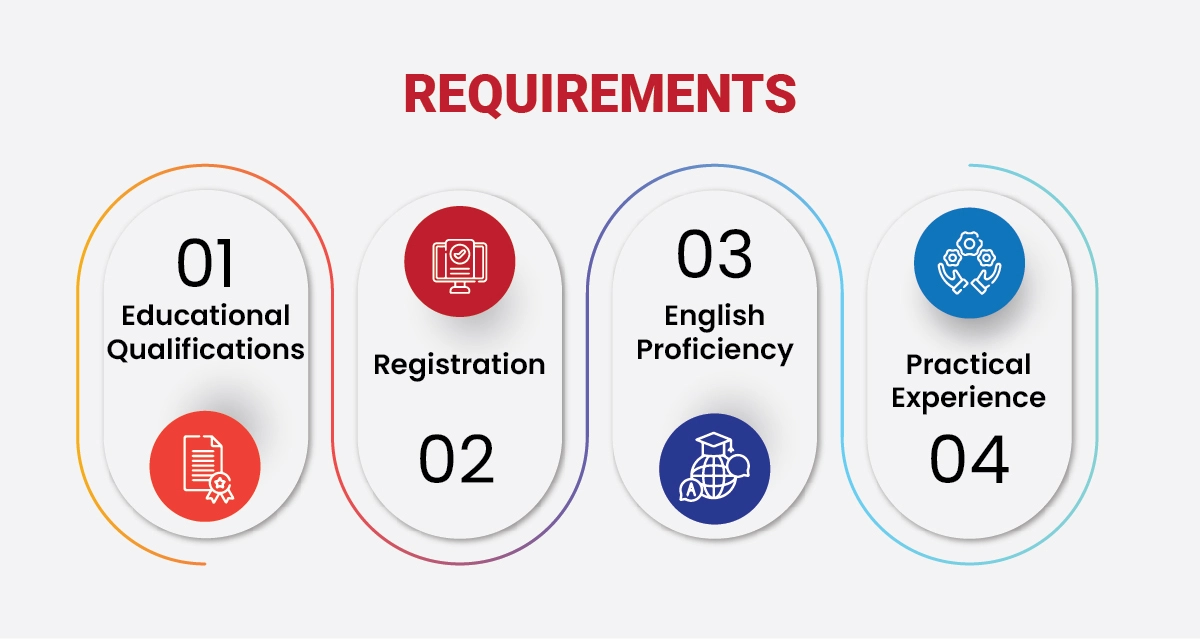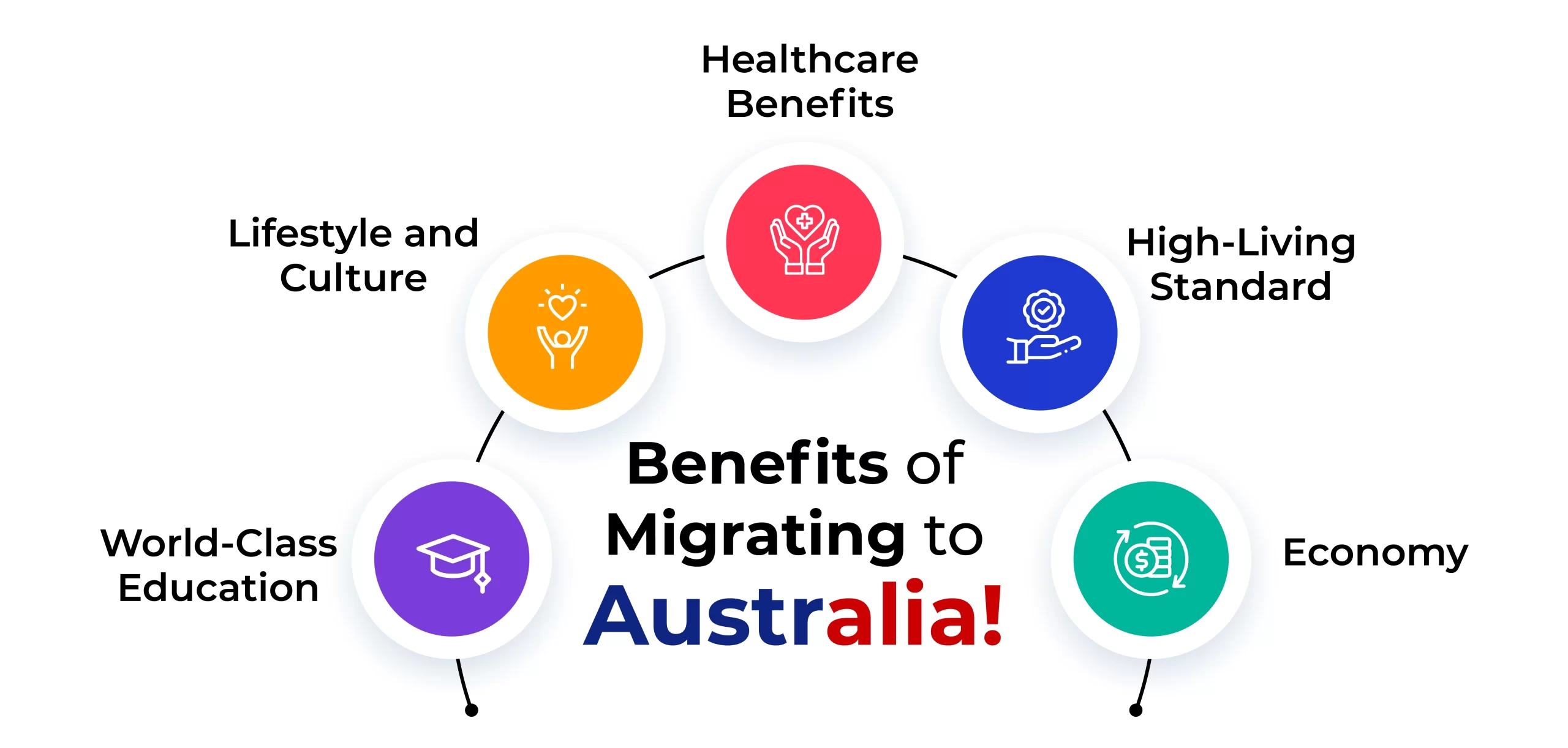Australia has seen an increase in demand for healthcare professionals. In that list occupational therapists is one of the most prominent. From diverse job opportunities to attractive salaries, the country offers a promising career path for occupational therapists. In this blog post, we will cover key requirements and immigration pathways available to occupational therapists in Australia. So let’s dive in,
Table of Content
1What is an Occupational Therapist2How to become an Occupational Therapist in Australia: Requirements3How to Get a Job as an Occupational Therapist in Australia4Occupational Therapist Salary in Australia5Highest Paying Cities in Australia for Occupational Therapists6Visa Pathways for Occupational Therapists in Australia7How to Migrate to Australia as an Occupational Therapist8Conclusion9Frequently Asked Questions
What is an Occupational Therapist
Occupational therapists (OTs) are healthcare professionals who help individuals improve their ability to perform daily activities. They work with people of all ages, assisting those recovering from injuries, living with disabilities, or dealing with mental health challenges.
Key Responsibilities include:
- Assessing patients’ physical, emotional, and social needs.
- Designing personalized therapy plans.
- Recommending adaptive equipment to enhance mobility and independence.
- Collaborating with families and other healthcare providers to optimize patient outcomes.
How to become an Occupational Therapist in Australia: Requirements

1. Educational Qualifications
- A recognized bachelor’s or master’s degree in occupational therapy.
- Accreditation by the Occupational Therapy Board of Australia (OTBA).
2. Registration
- Register with the Australian Health Practitioner Regulation Agency (AHPRA).
- International candidates must undergo an assessment by the Occupational Therapy Council (OTC).
3. English Proficiency
- A minimum IELTS score of 7.0 in each band or equivalent in other tests like TOEFL or PTE.
4. Practical Experience
- Clinical placements during academic training.
- Experience in diverse settings like hospitals, schools, and community centers is a plus.
How to Get a Job as an Occupational Therapist in Australia
1. Update Your Resume
Highlight your qualifications, certifications, and relevant work experience.
2. Job Portals
Explore opportunities on platforms like SEEK, Indeed, and CareerOne.
3. Networking
Join professional organizations such as Occupational Therapy Australia to connect with industry professionals.
4. Temporary Work Opportunities
Gain local experience through internships or temporary positions.
5. Recruitment Agencies
Partner with agencies specializing in healthcare recruitment.
Occupational Therapist Salary in Australia
Occupational therapists in Australia enjoy competitive salaries, which vary based on experience, location, and specialization.
- Entry-level: AUD 65,000 – AUD 75,000 annually.
- Mid-level: AUD 80,000 – AUD 95,000 annually.
- Senior-level: AUD 100,000+ annually.
The salaries of occupational therapists widely differ in different locations in Australia. These are some of the major locations, along with their average salaries.
| Location | Average salary |
| Victoria | $95,000 |
| Australian Capital Territory | $94,466 |
| New South Wales | $92,500 |
| Northern Territory | $92,500 |
| Western Australia | $92,500 |
| South Australia | $90,000 |
| Tasmania | $90,000 |
| Queensland | $89,000 |
Highest Paying Cities in Australia for Occupational Therapists
Australia offers competitive salaries for occupational therapists, and your earning potential can vary depending on the city you choose to work in. Here’s a look at some of the highest-paying cities in Australia for occupational therapists:
1. Sydney, New South Wales
Average Salary: AUD 85,000 – AUD 100,000 per year
Sydney’s high demand for healthcare professionals, coupled with its vibrant lifestyle, makes it a top choice for occupational therapists. The city also gives good opportunities for career growth in hospitals and clinics as well as in the rehabilitation centers.
2. Melbourne, Victoria
Average Salary: AUD 80,000 – AUD 95,000 per year
Known for its advanced healthcare system, Melbourne provides a variety of job opportunities for occupational therapists. With a strong focus on work-life balance, it’s a popular destination for professionals in this field.
3. Perth, Western Australia
Average Salary: AUD 85,000 – AUD 105,000 per year
Perth often offers higher salaries due to its geographic isolation and growing healthcare needs. The city is a great choice for those looking for a slower-paced lifestyle while earning a competitive income.
4. Brisbane, Queensland
Average Salary: AUD 80,000 – AUD 90,000 per year
Brisbane’s expanding population and healthcare infrastructure create ample opportunities for occupational therapists. The city is also known for its warm climate and affordable living costs.
5. Adelaide, South Australia
Average Salary: AUD 75,000 – AUD 90,000 per year
While Adelaide may offer slightly lower salaries compared to larger cities, its lower cost of living and relaxed lifestyle make it an attractive option for occupational therapists.
6. Canberra, Australian Capital Territory
Average Salary: AUD 85,000 – AUD 100,000 per year
As the capital city, Canberra has a strong demand for healthcare professionals, including occupational therapists. It offers competitive salaries and a family-friendly environment.
7. Darwin, Northern Territory
Average Salary: AUD 90,000 – AUD 110,000 per year
Due to its remote location, Darwin provides higher salaries and incentives to attract healthcare professionals. It’s ideal for those seeking unique challenges and experiences in their career.
Visa Pathways for Occupational Therapists in Australia
Australia offers several visa options for skilled professionals like occupational therapists to work and settle in the country. As an in-demand profession, occupational therapists are featured on the Skilled Occupation List (SOL), making it easier to access migration opportunities.
Below are the key visa pathways available:
1. Skilled Independent Visa (Subclass 189)
This is a points-based visa for individuals who do not require sponsorship from an employer or family member. To qualify, you must:
- Have your skills assessed by Occupational Therapy Australia (OTA).
- Score the required points in the SkillSelect system.
- Be invited to apply through an Expression of Interest (EOI).
2. Skilled Nominated Visa (Subclass 190)
This visa requires state or territory nomination. It provides permanent residency, and applicants must:
- Be nominated by an Australian state or territory government.
- Meet the eligibility criteria, including skill assessment and points requirements.
3. Skilled Work Regional Visa (Subclass 491)
This is a provisional visa for skilled workers willing to live and work in regional Australia. Key features include:
- Sponsorship by a state, territory, or eligible family member.
- Pathway to permanent residency after meeting specific requirements.
4. Employer-Sponsored Visas
If you have a job offer from an Australian employer, the following visas are worth exploring:
- Temporary Skill Shortage Visa (Subclass 482): Allows you to work for a specific employer for up to four years.
- Employer Nomination Scheme (Subclass 186): Offers permanent residency if nominated by your employer.
5. Regional Visas
Occupational therapists willing to work in rural or remote areas may be eligible for incentives under regional visas like the Subclass 494 or Subclass 191 (permanent pathway).
How to Migrate to Australia as an Occupational Therapist
Australia offers a promising pathway for skilled migration for Occupational Therapists. Here’s a general overview of the process :
1. Skills Assessment
You’ll need a positive skills assessment from the Occupational Therapy Council of Australia (OTCA) to verify that your qualifications and experience align with Australian standards. This assessment ensures that your education and professional background meet the required level of competency to practice as an Occupational Therapist in Australia.
2. Expression of Interest (EOI)
You’ll need to submit an EOI through the SkillSelect system, outlining your skills, experience, and qualifications. Your EOI will be assessed against a points system, and if you meet the minimum points threshold, you may receive an invitation to apply for a visa.
3. Apply for a Visa
Choose the most suitable visa based on your profile.
- Skilled Worker (Subclass 189): This is a points-based visa that allows you to live and work anywhere in Australia.
- Skilled Worker (Regional) (Subclass 491): This visa requires sponsorship from a state or territory government or eligible family member and involves living and working in a designated regional area.
- Other potential visas: Depending on your specific circumstances, you may also consider other visa options like the Employer-Sponsored Regional (Subclass 494) or Temporary Skill Shortage (Subclass 482) visas.
4. Documentation
Make sure all the required documents, including qualifications and work experience, are complete.
5. AHPRA Registration
Register with AHPRA before beginning your work after reaching Australia.
Conclusion
As a career, the demand for occupational therapists in Australia is still very much up and it is evident. If you have the right qualifications, skills and visa, you can secure a rewarding role in this fast moving field. So regardless if you are a local graduate or an international candidate there are endless opportunities in Australia in occupational therapy. Check your eligibility by contacting the Australian immigration consultants of CanApprove.



